In Mantua, Palazzo San Sebastiano, the museum that houses the civic collections of the city of the Gonzaga, is being renovated. A renovation that affects the institution right from its name: in fact, no longer “Museum of the City of Palazzo San Sebastiano,” as it was called until now, but MACA - Mantua Antique Collections. The MACA Museum, housed in one of the most beautiful Gonzaga residences (Palazzo San Sebastiano, in fact, dating back to the 16th century), has been entirely rethought in its layout and visit routes. Palazzo San Sebastiano was built by Francesco II Gonzaga between 1506 and 1512 as the prince’s only permanent residence outside the vast court complex of the Ducal Palace. It thus stands out as a unique case in the Gonzaga tradition of power.
Francesco II Gonzaga had it built and decorated between 1506 and 1512 on the side opposite the royal palace, close to the southern city walls of Mantua and next to Porta Pusterla. It was an exclusive personal residence - of government and representation - in which Francis II lived from 1508 to 1519 and received distinguished guests. In addition to numerous rooms frescoed in fairy-tale and exotic forms, with rich vaults filled with feats and symbols of the lineage, the marquis had a 224-square-meter hall built on the piano nobile to house, with appropriate pomp, Andrea Mantegna’s famous and impressive series of Triumphs of Caesar, now at Hampton Court (London). Restored and used as a museum venue in 2004, the complex today has been entirely renovated in its layout, becoming home to the MACA - Mantua Antique Collections museum.
In particular, the new museum was created as an exhibition itinerary dedicated to four Mantuan personalities who contributed through the centuries to forming the city’s cultural heritage: Francesco II and Vespasiano Gonzaga with classical antiquities, Giuseppe Acerbi and Ugo Sissa with Egyptian and Mesopotamian collections.
The first itinerary(Francesco II and the Palace) takes place in the two Chambers located on the ground floor, called the “Porcupine” and the “Crucible,” which can be accessed after walking through the scenic seven-arched loggia: both are dedicated to delving into the personality and culture of the master of the house, Francesco II Gonzaga, as a politician and man of culture. The Room of the “Porcupine” displays, the 17th-century fresco series of Mantegna’s Triumphs of Cesare. In the center stands the solemn and proud portrait of Marquis Francis II, datable to the late 15th century and attributed to the sculptor Gian Cristoforo Romano. The “Crucible” Room displays five extraordinary terracotta busts and the eighteenth-century polish of Andrea Mantegna’s “Altarpiece of the Madonna of Victory”-the original of which is now in the Louvre in Paris-and an evocative torn fresco of the Mantegna school that illustrates the theme of the crossroads between virtue and vice and exhorts one to act with diligence and caution.
The second itinerary, Vespasiano Gonzaga Collection, takes the visitor on a journey through Mantua, Sabbioneta and a number of other Gonzaga residences, which between the 15th and 16th centuries were enriched with numerous antique or imitation antique marbles. The Mantuan collection was dispersed with the sale to Charles of England in the early 17th century, but the antique marbles collected by Vespasiano Gonzaga, Duke of Sabbioneta, remained in place until the late 18th century, when they were brought to Mantua to form the nucleus of the new museum of theMantuan Academy of Letters and Arts. The antiquarian collections had a clear symbolic value. This explains, for example, the antique bust of the Duke of Sabbioneta made after 1585, inspired by Roman imperial busts. Among the antique works on display, the bust of Cicero and the sarcophagus front with the story of Venus and Adonis, purchased by Vespasiano Gonzaga in Rome, should be noted for their quality. Some pseudo-antique works such as the busts of emperors, and “the Sleeping Cupid,” are of extraordinary importance.
The third path, the Egyptian section(Giuseppe Acerbi Collection), is divided into four thematic areas. The first introduces the figure of Giuseppe Acerbi, consul of Austria in Egypt, an expert traveler, a multidisciplinary scholar as well as a collector; it houses Islamic and ethnological materials, previously kept in storage, among which a Mamluk saddle and some Nubian weapons stand out for their interest. The second thematic area sees the display of the most prestigious core of Egyptian antiquities, namely the royal heads, which document Acerbi’s interest in dynasties and rulers from the deciphering of their names. The entire “Chamber of Briefs” is dedicated to the funerary outfit, enriched by a papyrus from the Civic Archaeological Museum of Milan and a mummy from the Civic Archaeological Museum of Bologna. The fourth thematic area - Gods and Temples - houses the symbol of the entire collection, the Cat, the animal sacred to Bastet, goddess of hearth and family, as well as of beauty and self-indulgence.
Finally, the last path, Ugo Sissa Collection, recalls the figure of Ugo Sissa, who was Chief Government Architect in Baghdad from 1953 to 1958: his contact with the civilizations of the Ancient Near East sparked in him an overwhelming passion for archaeology, which he experienced directly along with the purchase of objects on the antiques market. The collection is distinguished by the typological variety of the finds, the diverse geographic origin, and the vast chronological period covered. The tools come from the oldest settlements in Mesopotamia and belong mainly to the prehistoric phase. Fascination with the graphic technique of cuneiform writing leads Sissa to acquire 7 tablets of very high documentary value. The statuettes are the artifacts that best testify to the religious and mythical aspect of Mesopotamian civilization: they depict animals, deities, royal and mythological characters, and figures of devotees pointing to body parts in need of healing.
For more information, hours and tickets: maca.museimantova.it
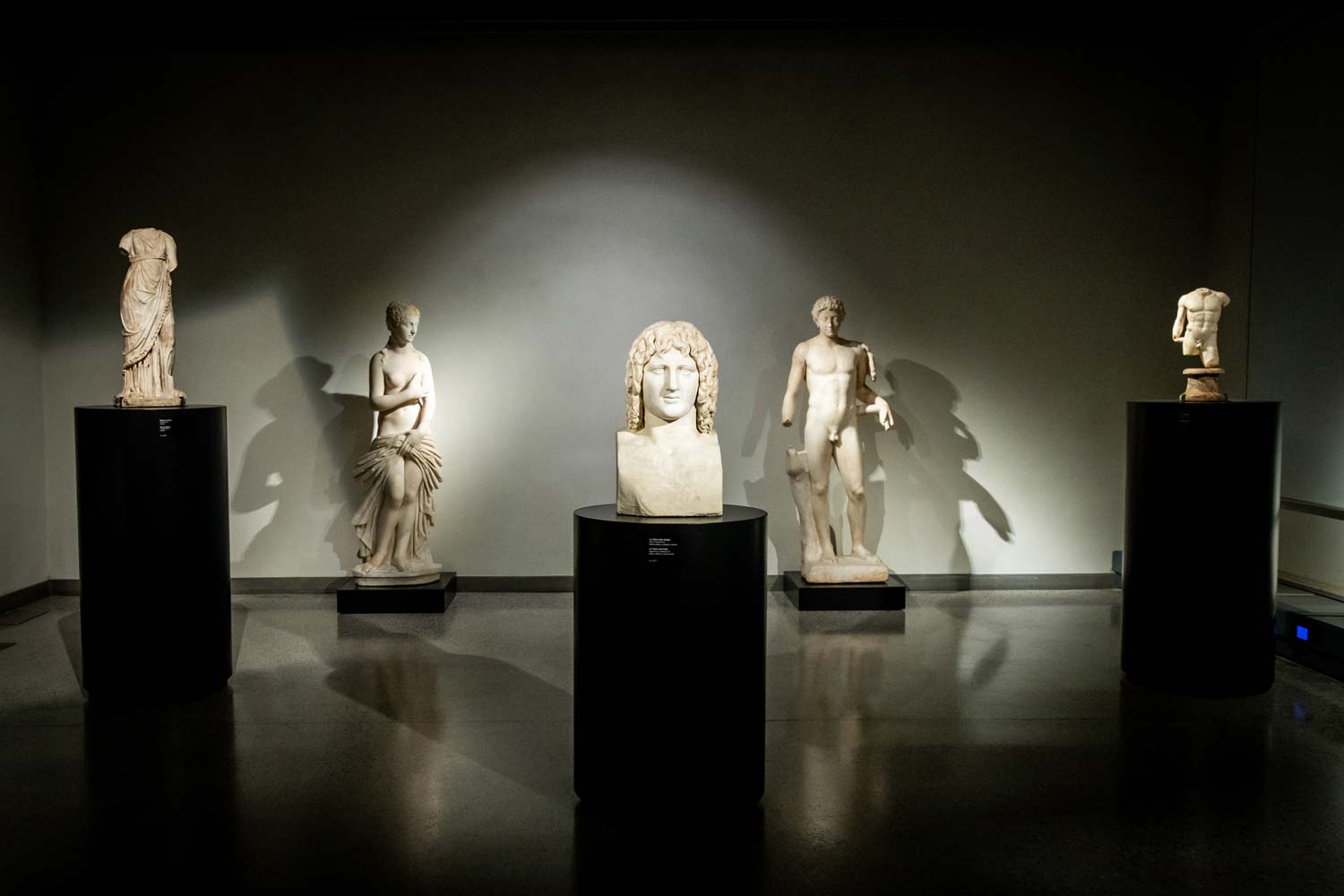 MACA
MACA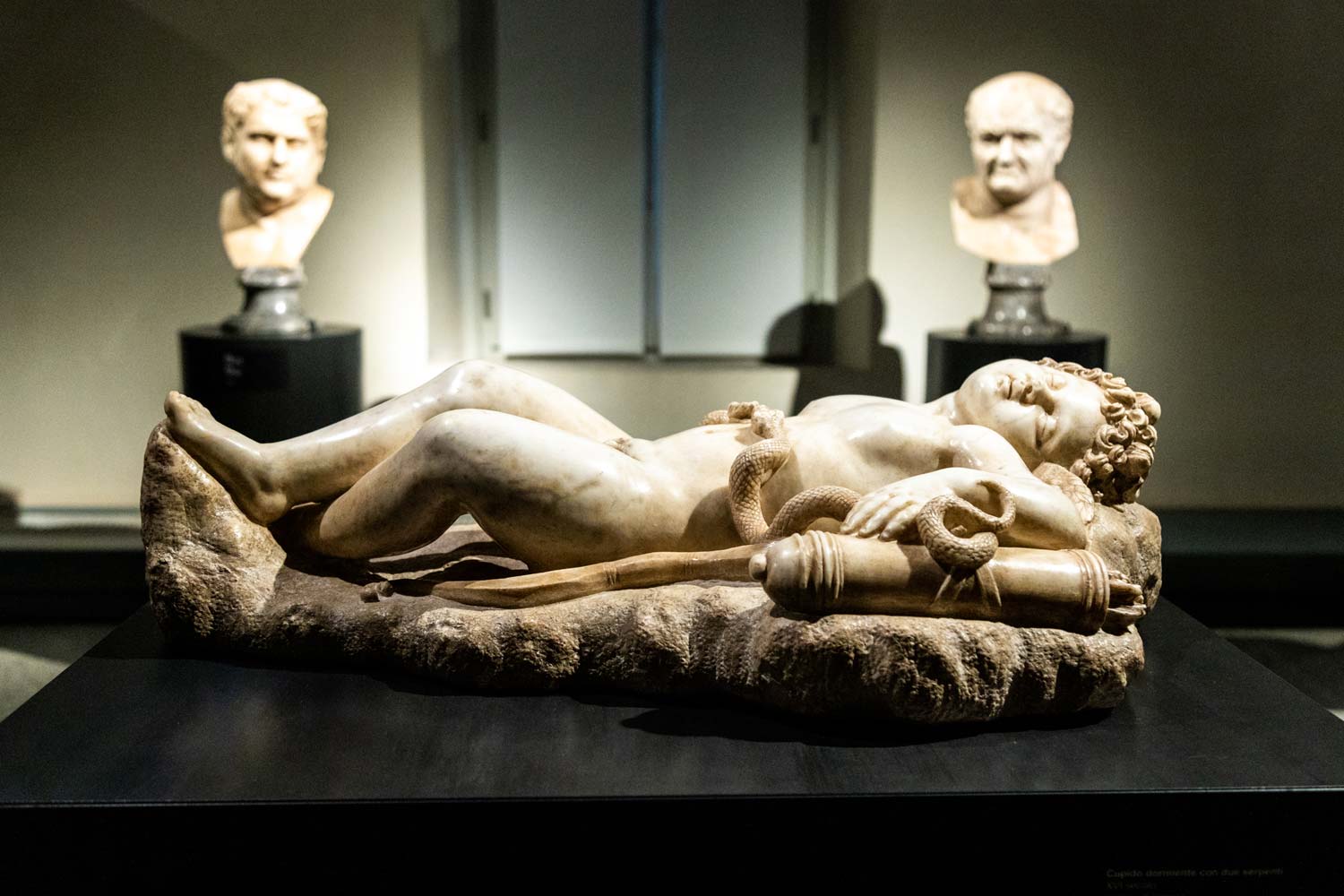 MACA
MACA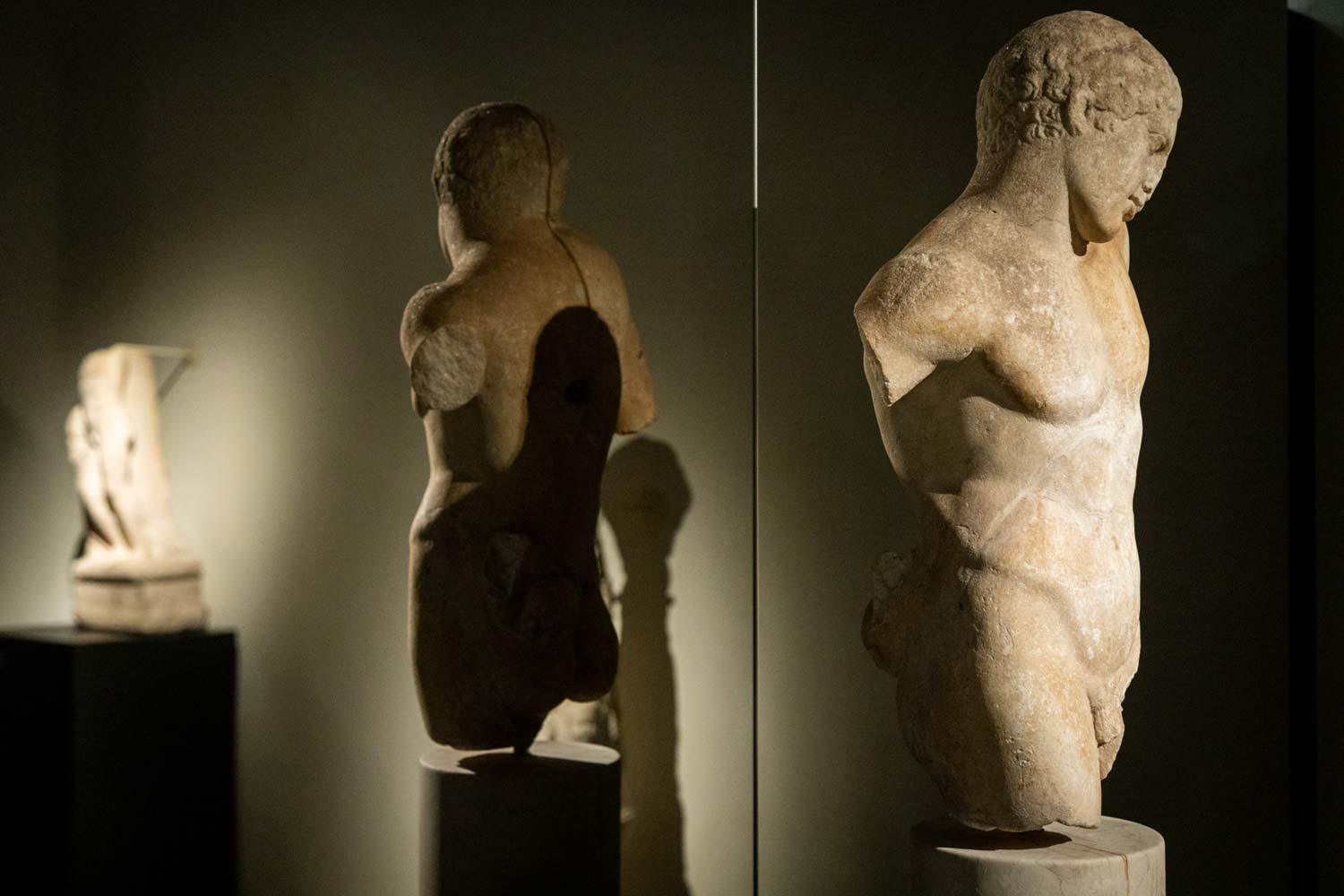 MACA
MACA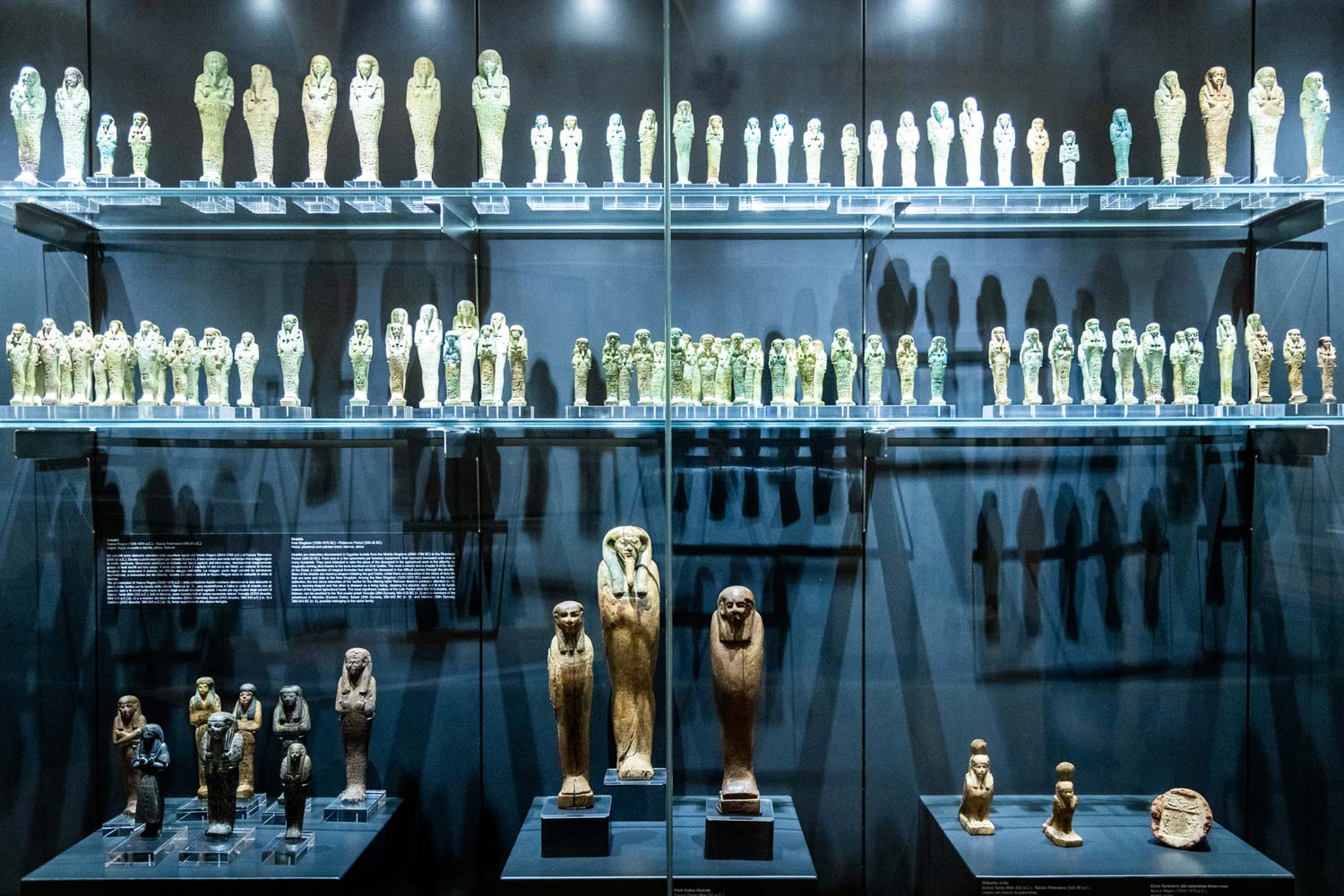 MACA
MACA MACA
MACA MACA
MACA MACA
MACA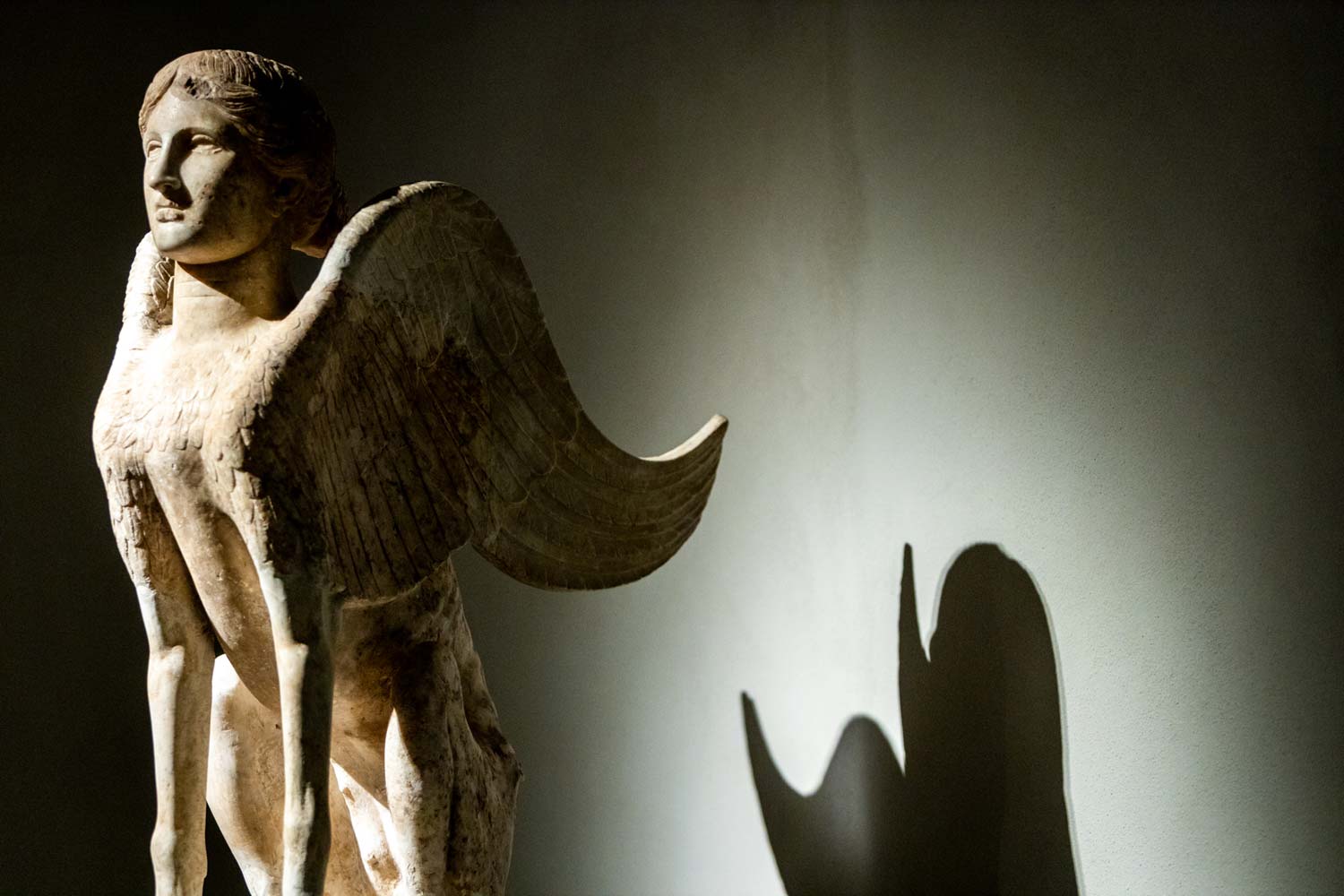 MACA
MACA MACA
MACA |
| Mantua, Palazzo San Sebastiano gets a makeover: the MACA Museum - Mantua Ancient Collections - is born. |
Warning: the translation into English of the original Italian article was created using automatic tools. We undertake to review all articles, but we do not guarantee the total absence of inaccuracies in the translation due to the program. You can find the original by clicking on the ITA button. If you find any mistake,please contact us.